- 1 Long sword
In the middle of the 14th century, the need arose for a new type of weapon for war. During most of the middle ages, knights have relied on the sword of arms, a sword designed to be used in conjunction with the shield, useful and effective to give both cuts and thrusts and used from the horse. This weapon, however, has gone into decline. Now, most of the warriors in civilized wars (such as the one of the Hundred Years or our dynastic dispute between Pedro the Cruel and Enrique de Trastámara), even the archers and the infants, are equipped with chainmail or even armor of plates. A heavy and expensive equipment, yes, but that makes them almost invulnerable to the attacks of the sword. The knights, at this time, begin to get used to carrying axes, picks and clubs to pierce the armor of their opponents. At the same time, their full armor faces provide them with so much protection that they begin to disdain the use of the shield. With a free hand and the need to achieve great impact power, varieties of longsword, longsword or spadona appear, depending on the nationality that makes them. These weapons are longer (obviously) than previous models, and not much heavier. They can be handled with two hands and are able to achieve tremendous impact power when handled as slashes. A model of exhibition, something heavier and surely much more elaborate and ornate than the real combat swords. Note the leaf smoothing to reduce weight 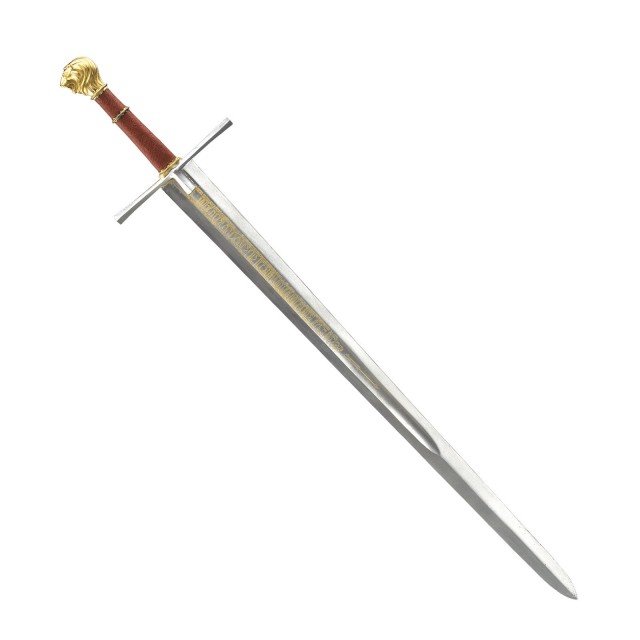
- 2 Sword of sword
This type of sword, known in popular imagery by the swordsmen of Dumas, our Golden Age and Arturo Pérez Reverte, emerges as a type of civil sword, an evolution of medieval weapons. It appears from the hand of three schools, the Spanish, the Italian and the French, that superimpose the agility and the technique to other considerations and are thought for the use mostly separated from the scenes of war. As an advantage, the roper has a high lightness. It can also be used, as was done in the Iberian duels, in conjunction with a dagger of contramano that allows to keep the left occupied, to stop the opponent's blows or to give the opponent a knife in the ribs, locking his weapon with his own. However, it presents serious disadvantages in the combat against opponents with armor or that carry a shield, it can not be used skillfully on horseback. 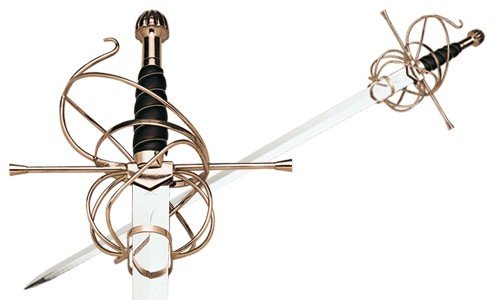
- 3 Katana
One of the most mythical weapons in history, the katana emerges as evolution of older swords, used in Japan to fight on horseback. Its origin, therefore, is in the saber of cavalry, later adapted for its use with two disassembled hands. What makes this weapon great is its tremendous cutting ability, enhanced by its design (the very wide handle that allows leverage with the arm, the curvature of the blade) and its techniques of use, which favor prolonged cuts. An expert fencer with this weapon knows how to slide its edge along the body of the opponent, opening tremendous cuts that would gut it or make it bleed to death in a short time. However, this weapon sacrifices scope, due to its method of use. It is also very ineffective against armor of all kinds, especially metal. General form of the katana. Many Japanese weapons of different sizes, such as the no-dachi, the tanto or the wazikashi, follow the design in general lines 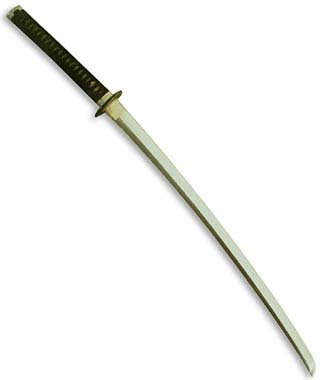
- 4. Viking Sword
Contrary to what popular imagery believes, most Nordic warriors of the Dark Age fought with spears or axes instead of swords. This is because these tools were extremely expensive, often family relics that passed from one generation to another and received their own name. What differentiates the Viking sword from other types of weapon is its multilayer slab, through which I got the effect called "the snake in the steel" that modern metallurgy has not been able to replicate. This technique has been attributed to several explanations, such as the presence of phosphorus in the forging process, certain types of iron alloys extracted from exhausted mines, and so on. What is certain is that only a few blacksmiths managed to make it. His works have passed to mythology, since they were considered relics or magical objects in his time, and, after a few generations, his elaboration was attributed to magical beings such as gods or dwarves. In a more prosaic plane, the Viking sword is an excellent example of a cutting sword, with a rounded tip, designed to strike a knife. Although it is possible to stop with it, in the battles the warriors used to carry this weapon accompanied by a team. 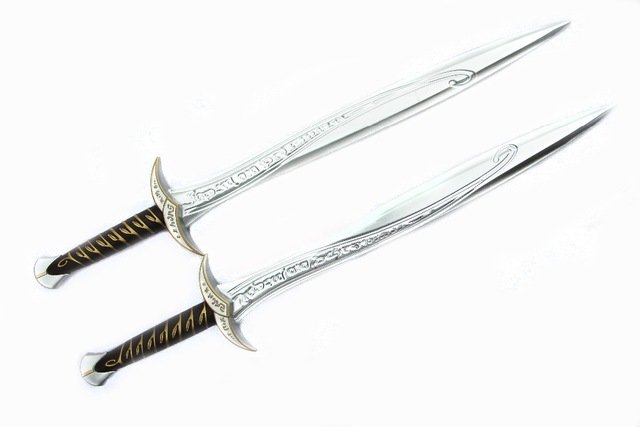
- 5 Shamshir
Shamshir, also known as elephant tusk, is a model little known in the West and used in India, from where it originated, and to a lesser extent in Persia and Indochina. Like the Viking sword, this weapon was forged by a process that we do not know at all at present, which allowed to obtain the precious Damascus steel. It gave, according to the contemporaries, to the swords of flexibility and hardness, allowing them to survive the blows but providing a sharpness that could be sharpened to the point of a razor. It is a long cut sword, which combines length with a curve capable of making great cuts on unprotected flesh. Too long to use well on horseback, it is feasible to handle it with either one or two hands. Shamshir Indian or Persian. I have only found one video of long shamshir use (there are many more of smaller models that serve as cavalry saber). Min 10 and up 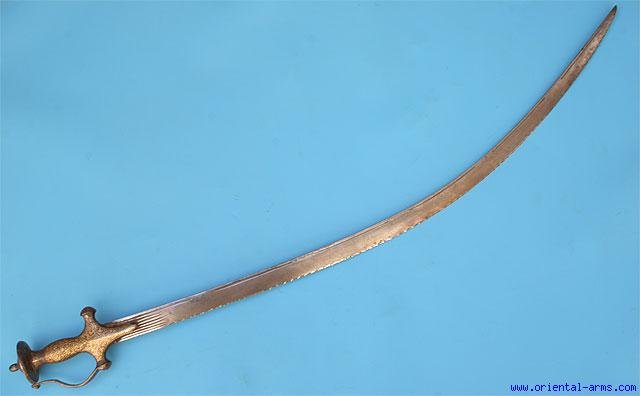
Warning! This user is on my black list, likely as a known plagiarist, spammer or ID thief. Please be cautious with this post!
To get off this list, please chat with us in the #steemitabuse-appeals channel in steemit.chat.
Downvoting a post can decrease pending rewards and make it less visible. Common reasons:
Submit